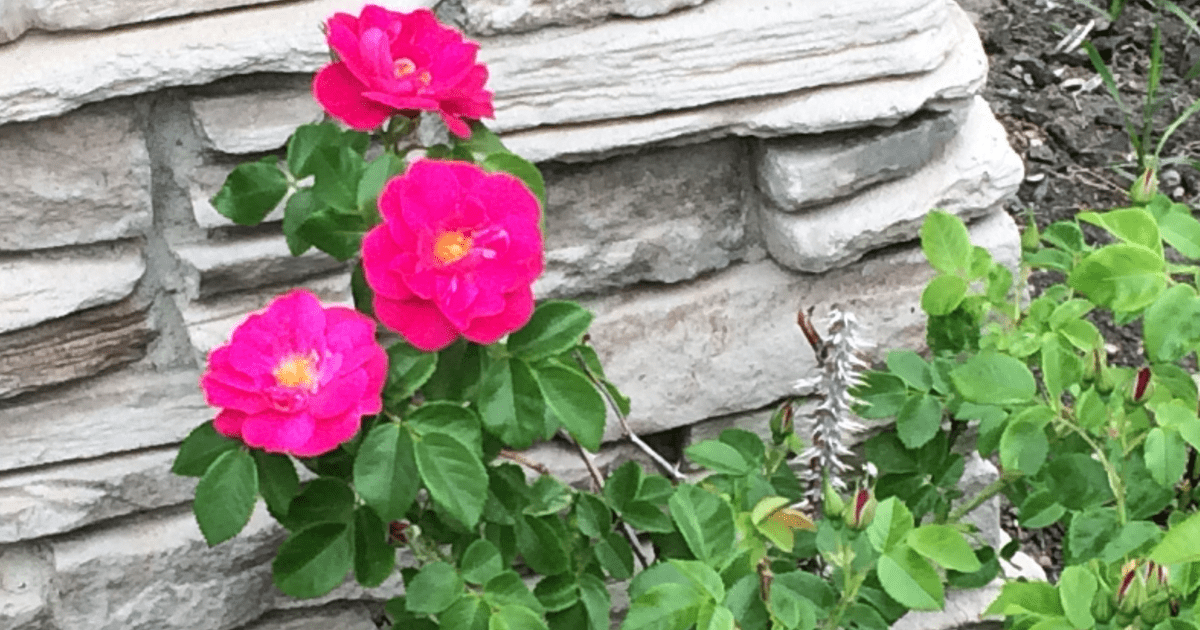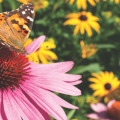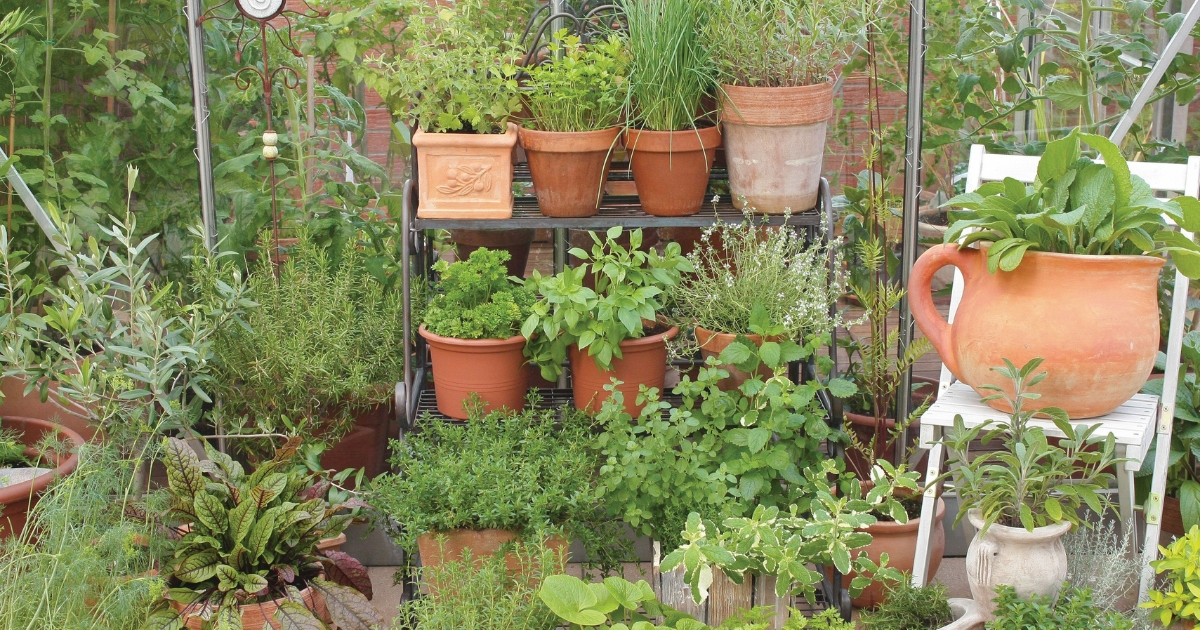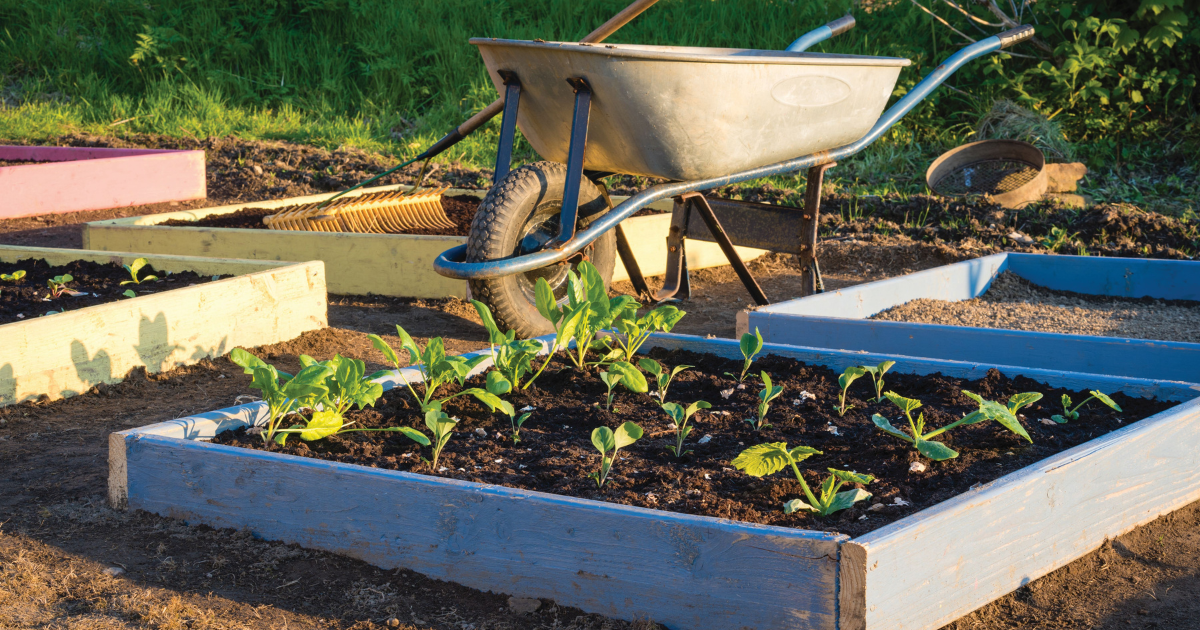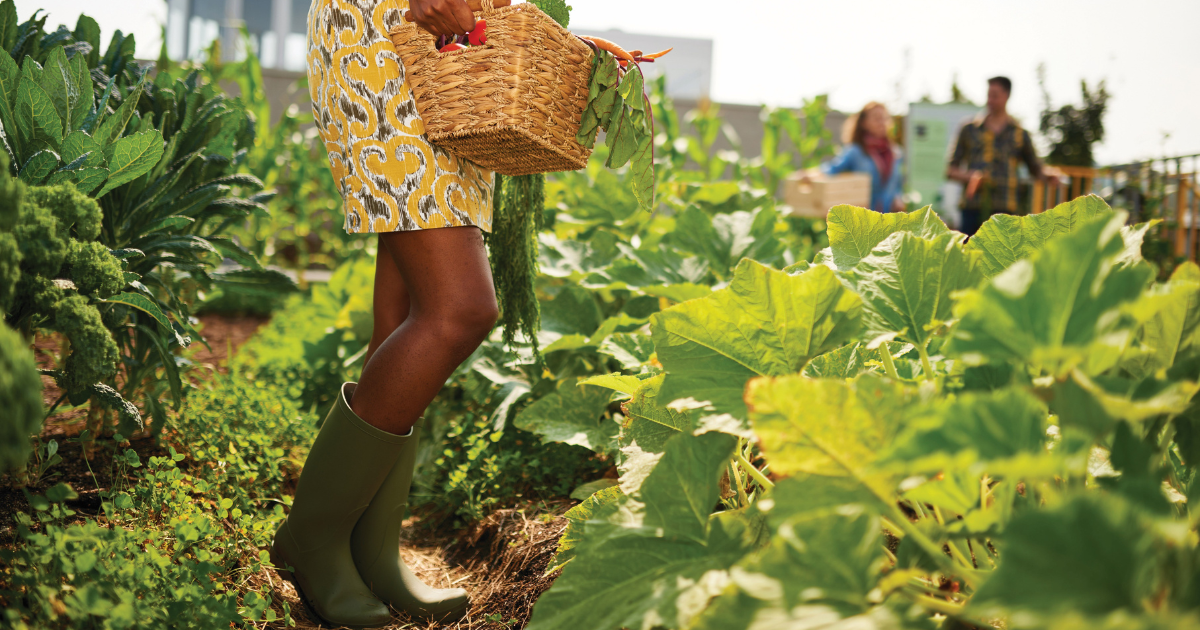When it comes to perennials, roses are the workhorse of the garden. Not only do they add beauty, form and structure, but they also provide us with high-value nutrition, and they are tough! There is a rose for every garden and every gardener—you just need to know which variety best suits your climate zone and location.
In Alberta, we are in zones 2 to 4, where only the strong and hardy will survive. It is no coincidence that the wild rose is one of Alberta’s provincial emblems.
Here are my top three favourite roses that grow exceptionally well in Alberta.
- Morden Sunrise Parkland
A shrub rose with beautiful peachy flowers, it has pink petals that shift to yellow in the centre. Bred in Morden, Manitoba, this rose is hardy to zones 2 and 3. Mature height is 61 cm (24 inches), with a spread of 91 cm (36 inches). - Blanc Double de Coubert
This Rugosa rose is white with double flowering petals on a bushy 152 cm (60 inch) round shrub. It has amazing fragrance and keeps on blooming. - Captain Samuel Holland Explorer
With clusters of small dark pink roses, it’s a shorter climber with a height of 183 cm (72 inches) and a spread of 122 cm (48 inches). Boasting beautiful foliage, it’s disease resistant, hardy, delicately fragrant and just so pretty!
*

Did you know that roses are related to apple trees? Apple trees and roses are pruned essentially the same way and both develop beautiful fruit after blossoming. Rosehips offer 20 times more vitamin C than oranges do, as well as antioxidants, plus anti-inflammatory and immune-boosting properties.
So how and when do we harvest these beautiful fruits produced by roses, and how do we use them? Always harvest from rose bushes that have not been sprayed with any pesticides or other chemicals. Carefully pick and collect rosehips after the first frost. Wild varieties are best, but you may use the rosehips from your garden.

Here are some ways to use rosehips.
Dehydrate
Rinse, cut in half, and scoop out tiny hairs and seeds. Place in single layer on tray. Dry in oven on lowest setting for a few hours, or use a food dehydrator. Store dried hips in glass jar in a cool, dark place.
Eat Fresh
Rinse, then remove tiny hairs and seeds or eat around them.
Tea
Add 1/4 cup of rosehips to tea mesh strainer in cup. Pour boiled water over all, squish hips with back of spoon, then let steep for 10 minutes. Remove hips and strainer. Add honey to taste.
Rosehip Flour
Grind dehydrated, seedless hips in blender until powdered. Add to foods, soups and smoothies. One ounce of rosehip flour contains 45 calories, 11 grams of carbohydrates, 7 grams of dietary fibre and 1 gram of sugar, as well as vitamin A (24% daily value/DV, based on a diet of 2,000 calories per day), vitamin C (199% DV), calcium (5% DV) and iron (2% DV).
Fruit Leather/Mush
Rinse about 5 cups of hips. Cover with water in large pot, then bring to simmer for 5 minutes. Boil for 10 to 15 more minutes. Use back of ladle to squish hips. Put through sieve and strain to remove seeds. You may add honey, cinnamon and other spices to the mush, and then preserve it for later use or make fruit leather by using a food dehydrator. Once dry, use scissors to cut fruit leather into strips, then seal in plastic bags. Fruit leather can be stored for several months.

There are so many ways to use this versatile plant. With beautiful blooms throughout summer, brightly coloured hips that benefit people and wildlife, and the dazzling, fiery display of foliage and canes in the fall, roses offer us everything there is to love about a garden.

Lauren Himmelreich is a writer, author and gardening enthusiast. She lives in Calgary, Alberta with her husband, many children, and dog Rosy. She enjoys lazy days at the lake, reading great books, writing great books and playing in the dirt. You can find her work at Smashwords.com or follow her on Instagram.

